Ruthenium-loaded montmorillonite as a nanocatalyst for efficient hydrogen evolution
DOI: 10.23977/mpcr.2024.040108 | Downloads: 0 | Views: 61
Author(s)
Jiafu Li 1, Yanran Feng 1, Lebin Mi 1, Yue Sun 1
Affiliation(s)
1 College of Chemistry and Chemical Engineering, Qingdao University, Qingdao, China
Corresponding Author
Yue SunABSTRACT
The global energy crisis and environmental pollution issues have intensified the search for clean and sustainable energy sources. Hydrogen, with its high energy density and clean combustion, is considered an ideal energy carrier. However, the safe and efficient storage and transportation of hydrogen pose significant challenges. Ammonia borane (NH3BH3) has emerged as a promising hydrogen storage material due to its high hydrogen content, stability, and solubility in polar solvents. Despite its potential, the release of hydrogen from ammonia borane requires effective catalysis to overcome kinetic barriers and minimize the formation of undesirable by-products. In this study, we report the synthesis of ruthenium-loaded montmorillonite (Ru/MMT) nanocatalysts through a wet impregnation method, followed by hydrogen reduction. The Ru/MMT nanocatalysts facilitate rapid complete hydrolysis of ammonia borane, yielding over 70 mL of hydrogen in 2.5 minutes at ambient temperature, achieving a turnover frequency (TOF) exceeding 400 molH2•molRu-1•min-1. Moreover, these catalysts exhibit remarkable stability across numerous cycles. This research underscores the potential of Ru/MMT nanocatalysts for effective hydrogen production from ammonia borane, offering a promising avenue for the development of sustainable hydrogen storage and release technologies.
KEYWORDS
Hydrogen; Nanocatalyst; Ammonia Borane; HydrolysisCITE THIS PAPER
Jiafu Li, Yanran Feng, Lebin Mi, Yue Sun, Ruthenium-loaded montmorillonite as a nanocatalyst for efficient hydrogen evolution. Modern Physical Chemistry Research (2024) Vol. 4: 56-62. DOI: http://dx.doi.org/10.23977/mpcr.2024.040108.
REFERENCES
[1] Barreto L., Makihira A., Riahi K., The hydrogen economy in the 21st century: a sustainable development scenario[J]. Int. J. Hydrog. Energy, 2003, 28(3): 267-284.
[2] Schlapbach L., Züttel A., Hydrogen-storage materials for mobile applications[J]. Nature, 2001, 414(6861): 353-358.
[3] He T., Pachfule P., Wu H., et al., Hydrogen carriers[J]. Nat. Rev. Mater., 2016, 1(12): 16059.
[4] Yadav M., Xu Q., Liquid-phase chemical hydrogen storage materials[J]. Energy Environ. Sci., 2012, 5(12): 9698-9725.
[5] Kang N., Wang C., Astruc D., Hydrogen Evolution upon Ammonia Borane Solvolysis: Comparison between the Hydrolysis and Methanolysis Reactions[J]. Chemistry, 2023, 5(2): 886-899.
[6] Huo J., Zhang K., Wei H., et al., A review on hydrogen production from ammonia borane: Experimental and theoretical studies[J]. Chin. Chem. Lett., 2023, 34(12): 108280.
[7] Wang C., Astruc D., Recent developments of nanocatalyzed liquid-phase hydrogen generation[J]. Chem. Soc. Rev., 2021, 50(5): 3437-3484.
[8] Zhu B., Zou R., Xu Q., Metal–Organic Framework Based Catalysts for Hydrogen Evolution[J]. Adv. Energy Mater., 2018, 8(24): 1801193.
[9] Sun Q., Wang N., Xu Q., et al., Nanopore-Supported Metal Nanocatalysts for Efficient Hydrogen Generation from Liquid-Phase Chemical Hydrogen Storage Materials[J]. Adv. Mater., 2020, 32(44): 2001818.
[10] Wang N., Sun Q., Yu J., Ultrasmall Metal Nanoparticles Confined within Crystalline Nanoporous Materials: A Fascinating Class of Nanocatalysts [J]. Adv. Mater., 2019, 31(1): 1803966.
| Downloads: | 292 |
|---|---|
| Visits: | 16561 |
Sponsors, Associates, and Links
-
Forging and Forming

-
Composites and Nano Engineering
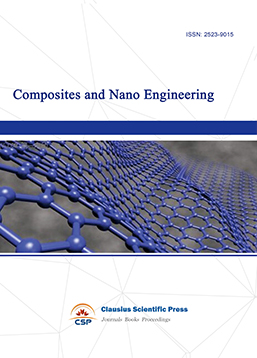
-
Journal of Materials, Processing and Design
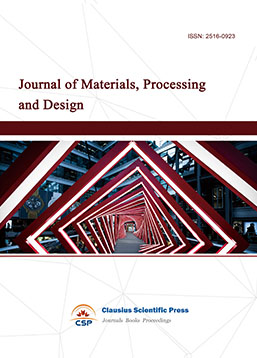
-
Metallic foams
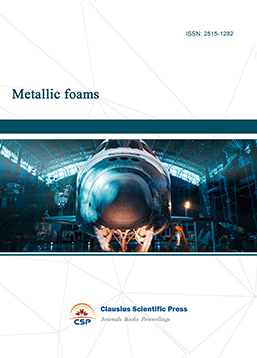
-
Smart Structures, Materials and Systems

-
Chemistry and Physics of Polymers
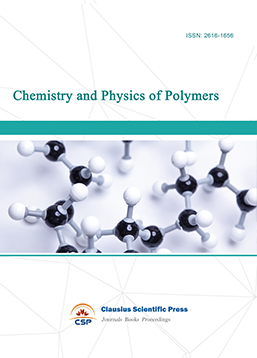
-
Analytical Chemistry: A Journal
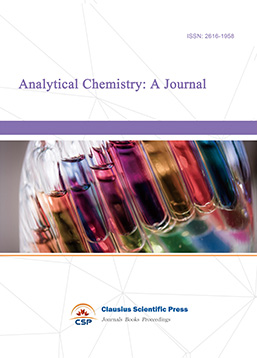
-
Inorganic Chemistry: A Journal

-
Organic Chemistry: A Journal
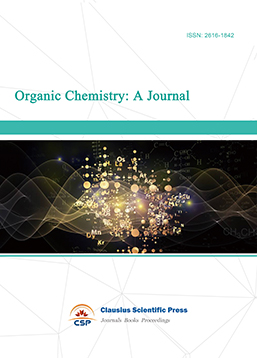
-
Progress in Materials Chemistry and Physics

-
Transactions on Industrial Catalysis
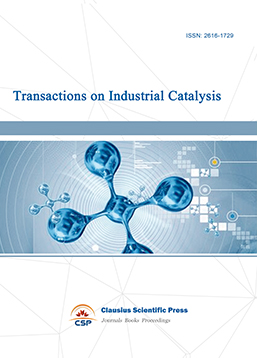
-
Fuels and Combustion

-
Casting, Welding and Solidification
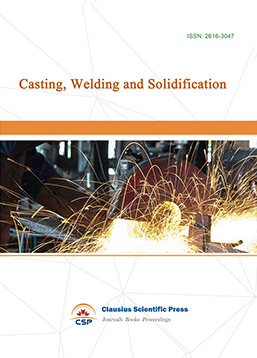
-
Journal of Membrane Technology
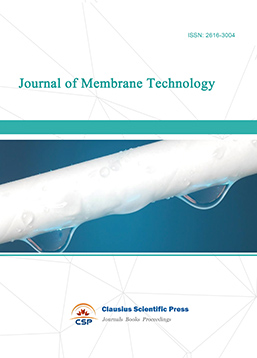
-
Journal of Heat Treatment and Surface Engineering
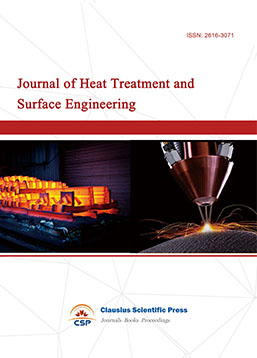
-
Trends in Biochemical Engineering

-
Ceramic and Glass Technology

-
Transactions on Metals and Alloys
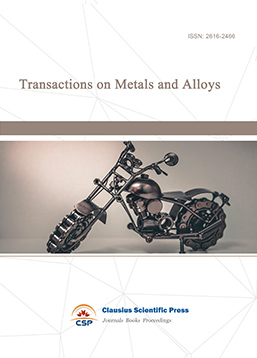
-
High Performance Structures and Materials
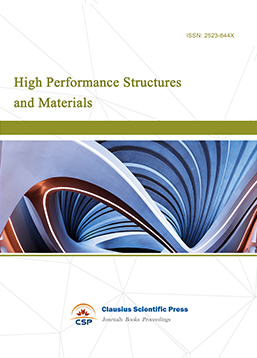
-
Rheology Letters

-
Plasticity Frontiers

-
Corrosion and Wear of Materials

-
Fluids, Heat and Mass Transfer

-
International Journal of Geochemistry
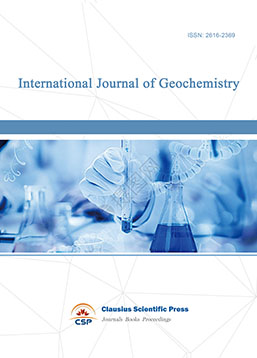
-
Diamond and Carbon Materials
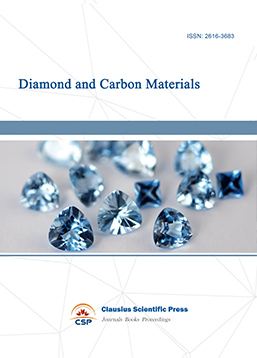
-
Advances in Magnetism and Magnetic Materials
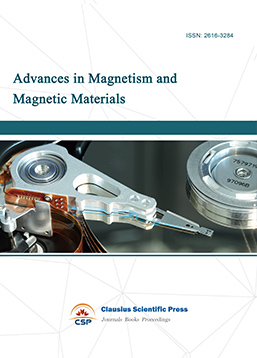
-
Advances in Fuel Cell

-
Journal of Biomaterials and Biomechanics
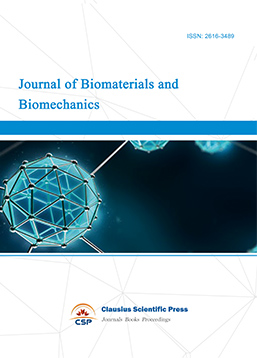

 Download as PDF
Download as PDF